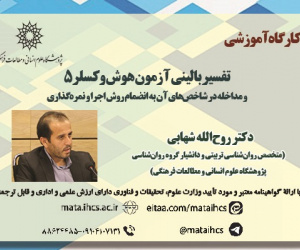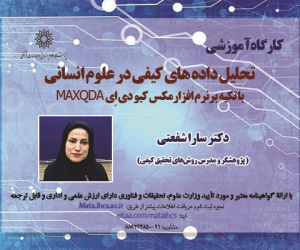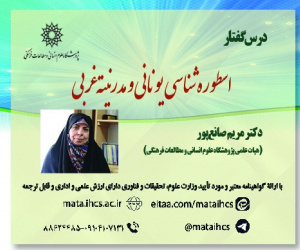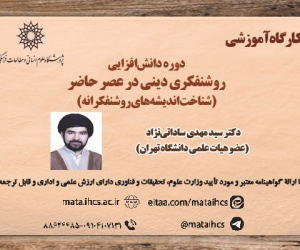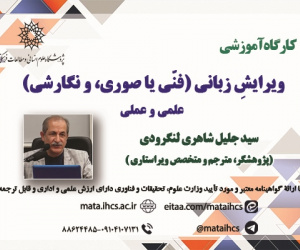اثر سرمایه های انسانی و سرمایه های ساختاری بر کیفیت دارایی ها و نقدینگی بانک ها در ایران، با استفاده از رگرسیون چندکی
آرشیو
چکیده
با عنایت به اهمیت سرمایه های انسانی و ساختاری به عنوان اجزای سرمایه های فکری درایجاد مزیت رقابتی در بنگاه ها، نقش آنها در تغییرات شاخص های عملکردی موضوع مطالعات بسیاری بوده است. بر این اساس، در تحقیق حاضر، اثر سرمایه های انسانی و ساختاری در صنعت بانکداری ایران و بر دو مولفه بسیارمهم در این صنعت، یعنی کیفیت دارایی ها(ریسک اعتباری) و نسبت تسهیلات به سپرده ها(به عنوان یکی از مولفه های ریسک نقدینگی) مورد بررسی قرار گرفت. همچنین با توجه به این که شکل تابع نیز می تواند در راهبری متغیر مستقل برای تنظیم متغیر وابسته مورد استفاده قرار گیرد، بررسی شکل تابع نیز از دیگر اهداف این تحقیق است.نتایج تحقیق نشان می دهد که سرمایه های انسانی در دهک های اول، دوم و نهم دارای ارتباط معنادار با کیفیت دارایی ها هستند. شکل تابع بصورت یو معکوس بوده و نقطه تغییر مسیر تابع نیز 4/44 صدم است. درحالی که سرمایه های ساختاری ارتباطی با کیفیت دارایی ها نداشته است. همچنین، سرمایه های انسانی دردهک های اول تا ششم و نهم دارای ارتباطمعنادار با نقدینگی است. شکل تابع بصورت یو بوده و نقطه تغییر مسیر تابع نیز 8/24 است. درخصوص سرمایه های ساختاری، در دهک های اول و دوم بر وضعیت نقدینگی اثرگذار بوده و شکل تابع آن نیز بصورت یو می باشد. نقطه تغییر مسیر تابع نیز 1/39 است.The Effect of Human Capital and Structural Capital on Asset Quality and Liquidity of Iranian Banks-A Qualntile Approach
Considering the importance of human and structural capital as components of intellectual capital in creating a competitive advantage in companies, their role in changes in performance indicators has been the subject of many studies. Based on this study, the effect of human and structural capital in Iran's banking industry and on two very important components in this industry, i.e. the quality of assets (credit risk) and the ratio of facilities to deposits (as one of the components of liquidity risk) ) was investigated. Also, due to the fact that the shape of the function can also be used in controlling the independent variable to adjust the dependent variable, examining the shape of the function is also one of the other goals of this research.. The results of the research show that human capital in the first, second and ninth quantiles has a significant relationship with the quality of assets. The shape of the function is inverted U and the point of change of direction of the function is also 44/4 percent. While structural capital has no relationship with asset quality. Also, human capital in the first to sixth and ninth quantiles has a significant relationship with liquidity. The shape of the function is U-shaped and the point of changing the direction of the function is 24/8. Regarding structural capital, it has an effect on the liquidity situation in the first and second quantiles, and its function is U-shaped. The point of changing the path of the function is also 39/1.

